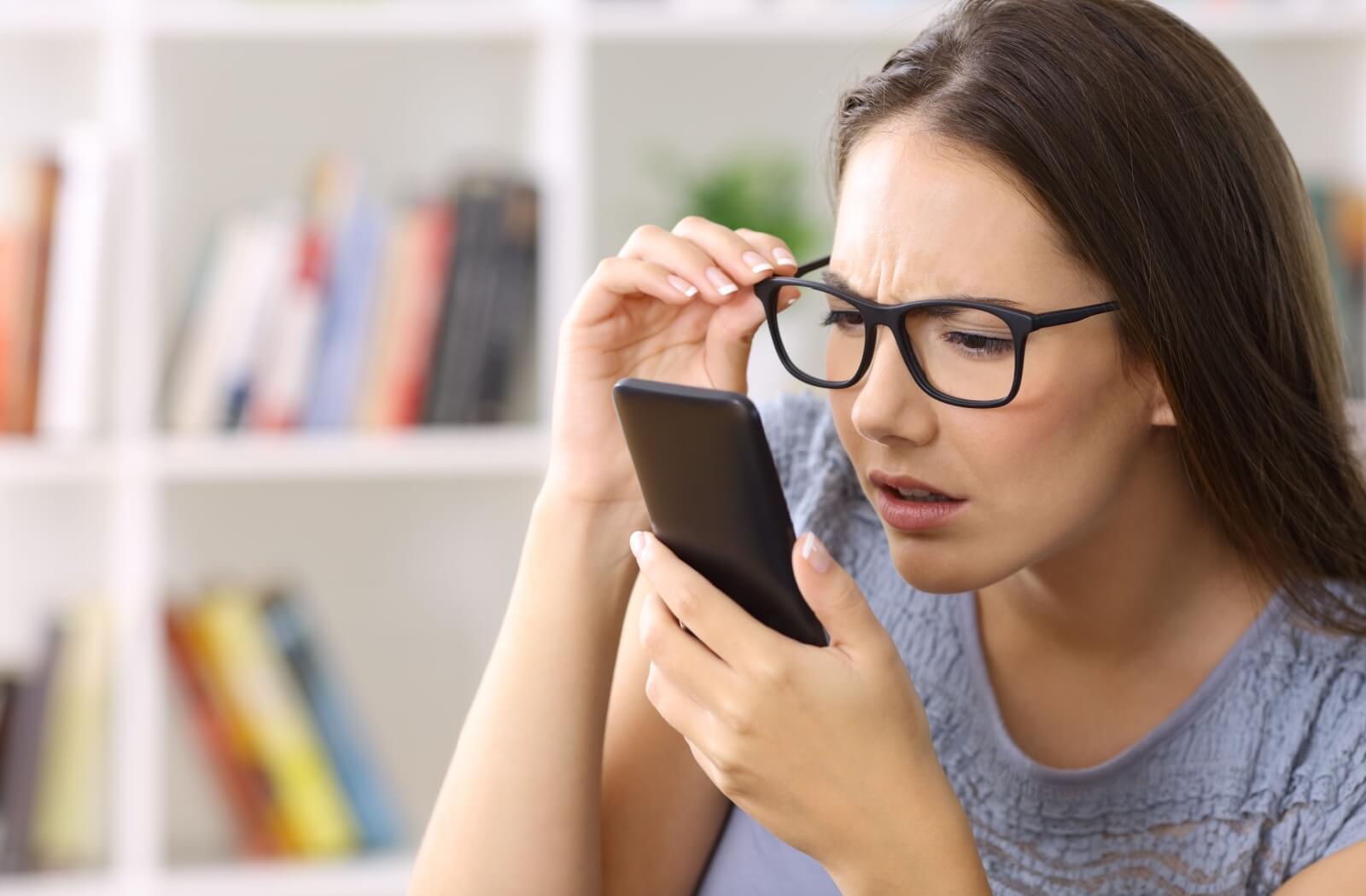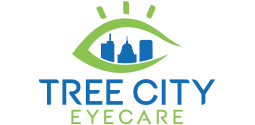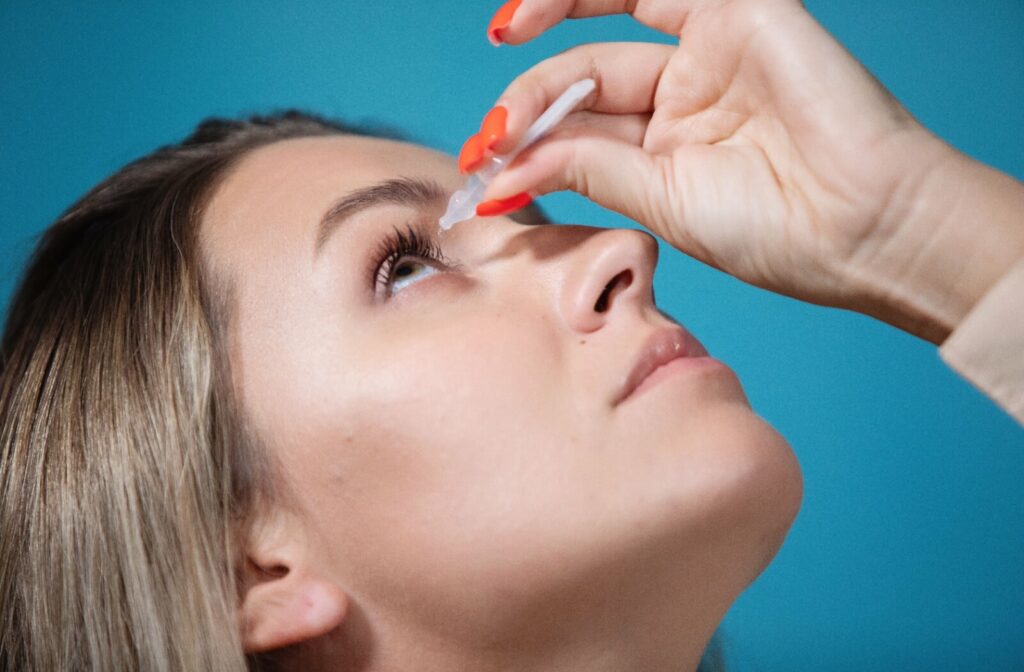In a world where digital screens hold our gaze more than ever, the issue of nearsightedness, or myopia, is not just becoming common—it’s becoming a public health concern. More and more children and adults are finding themselves dependent on corrective lenses or contacts as their myopia worsens each year.
However, eye care for myopia can begin long before the damage is done. This is myopia control, a treatment designed to slow myopia’s progression in children, giving their eyes a chance to breathe. Atropine eye drops can be an effective part of a myopia control plan, helping children preserve their future vision by acting today.
What Is Myopia?
Myopia, or nearsightedness, is a refractive error that makes it difficult to see objects clearly at a distance. The cornea is your eye’s clear front dome, and it’s essential for focusing light onto the retina, a layer of photoreactive cells at the back of the eye. Myopia affects these structures.
Myopia typically occurs when the eyeball grows too long or the cornea is too curved, which causes light rays to focus at a point in front of the retina rather than directly on its surface. This results in blurry vision when looking at distant objects—a nearly constant struggle for those afflicted.
Over the past few decades, the prevalence of myopia has risen significantly. In the U.S., nearly 30% of people have some amount of myopia. And it’s more than just an inconvenience. If allowed to progress untreated, myopia can increase your risk of serious ocular conditions, including:
- Retinal detachment
- Glaucoma
- Cataracts
- Myopic macular degeneration
What Does Myopia Control Do?
One of myopia’s dangerous features is that it’s progressive. Myopia is typically first diagnosed in young children, usually just as they’re entering school. Vision can be an essential skill for learning, and vision issues can impact education. Simply put, it’s difficult to learn when you can’t see the board. This could even be misdiagnosed as a learning disability, which is why regular eye exams are essential.
Kids may struggle more and more if their vision worsens until it eventually stabilizes (which typically occurs early to mid-twenties). Myopia control uses various methods to slow myopia’s progression so that when it ultimately stabilizes, it can be less severe than it might’ve been without any treatment.
Atropine Eye Drops for Myopia Control
Atropine has long been used in general medicine and as an eye drop. It’s used regularly in eye exams to dilate the pupil and temporarily paralyze the eye’s ciliary muscle, which is responsible for changing the shape of the lens for focusing.
The atropine used for myopia control is a very low dose, typically between 0.01%–0.05%. At these low levels, atropine has been shown to be safe and well-tolerated by children with minimal side effects. Atropine drops are usually used once daily, preferably around nighttime.
The Benefits of Atropine for Myopia Control
Atropine’s most visible benefit is its short-term ability to slow myopia’s progression, which is the main goal of all myopia control methods. This isn’t a 1-time treatment. As the eye grows during childhood and adolescent years, repeated stimuli, like those introduced by atropine, can hit the brakes for a short time.
Depending on the concentration, atropine can slow myopia progression by up to 50% when compared to placebo.
Atropine is also easy to use. It’s like regular eye drops that you can help your kid apply at home. Your optometrist can demonstrate the technique so your family feels comfortable picking it up. Because of its simple but effective nature, it can easily be part of a larger myopia control plan.
Using atropine for myopia control isn’t merely for helping your kid be less reliant on glasses during school. Since high myopia is linked to damaging eye diseases, your proactive steps can affect your kid’s eye health long into adulthood.

Other Types of Myopia Control
While atropine drops may be impressive, they don’t correct current vision problems. Your kid will likely still have to wear glasses or other corrective options. However, other myopia control methods can correct vision while slowing myopia progression. You can even use them alongside atropine drops.
Orthokeratology (Ortho-K)
Ortho-K lenses, or overnight contacts, are another non-surgical approach to myopia control. These specially designed lenses are worn overnight and removed in the morning. While your kid sleeps, the lenses reshape the cornea, providing clear vision during the day. If they stop wearing the lenses, the eyes slowly return to their original shape.
Studies have shown they can effectively slow down myopia by around 50%.
Multifocal Lenses
Multifocal contact lenses are used as myopia control methods, working on the principle of myopic defocus. Essentially, they’re made like a bullseye, giving different rings of focus. This provides clear vision for your child while defocusing peripheral light, triggering the eye’s natural response and telling it to stop growing.
A Clear View of Myopia Control
Our knowledge of combating myopia is constantly growing. With continued research, we expand eye care professionals’ toolkit and could look forward to a future where myopia is managed with new clarity.
At Tree City Eyecare, we embrace these innovations as the leaders of myopia control in Boise, Meridian, and Eagle. Atropine eye drops aren’t a magic fix but can be part of your child’s personalized myopia management plan. We believe the future of eye health looks brighter when viewed through the proactive lens of myopia control, so join us and book your eye exam today!


